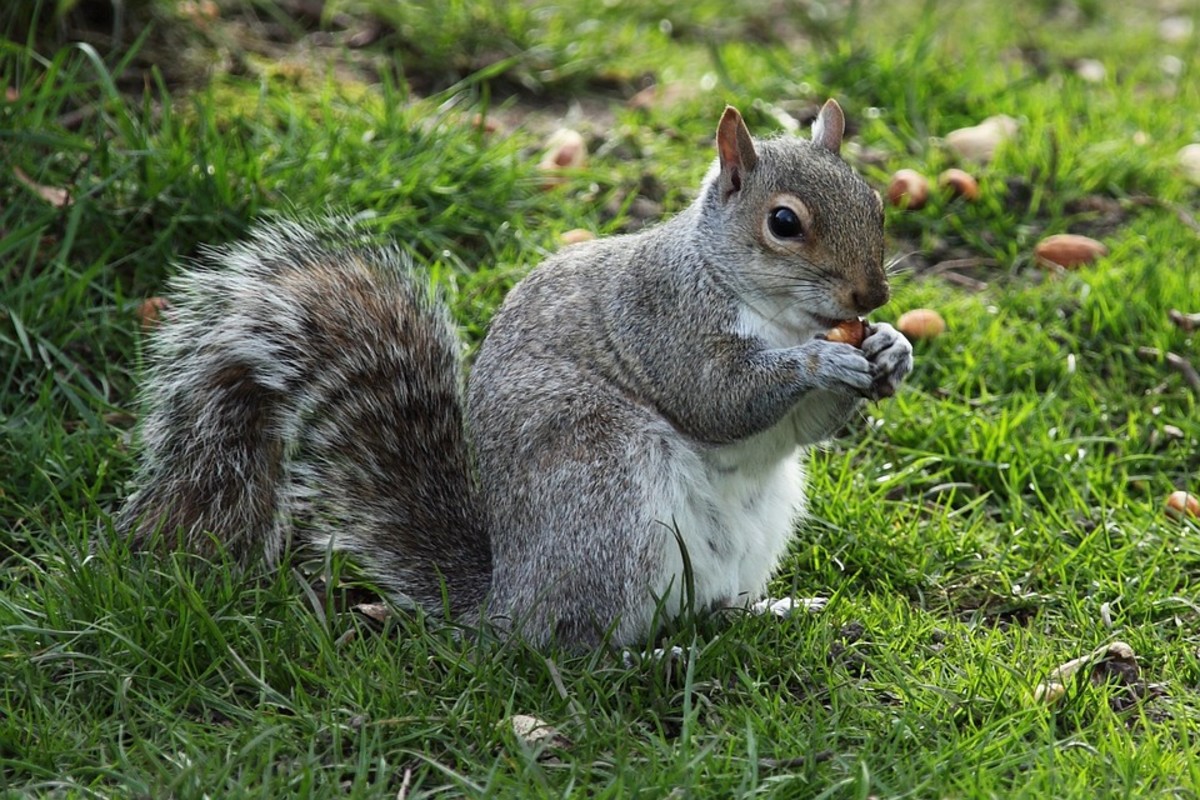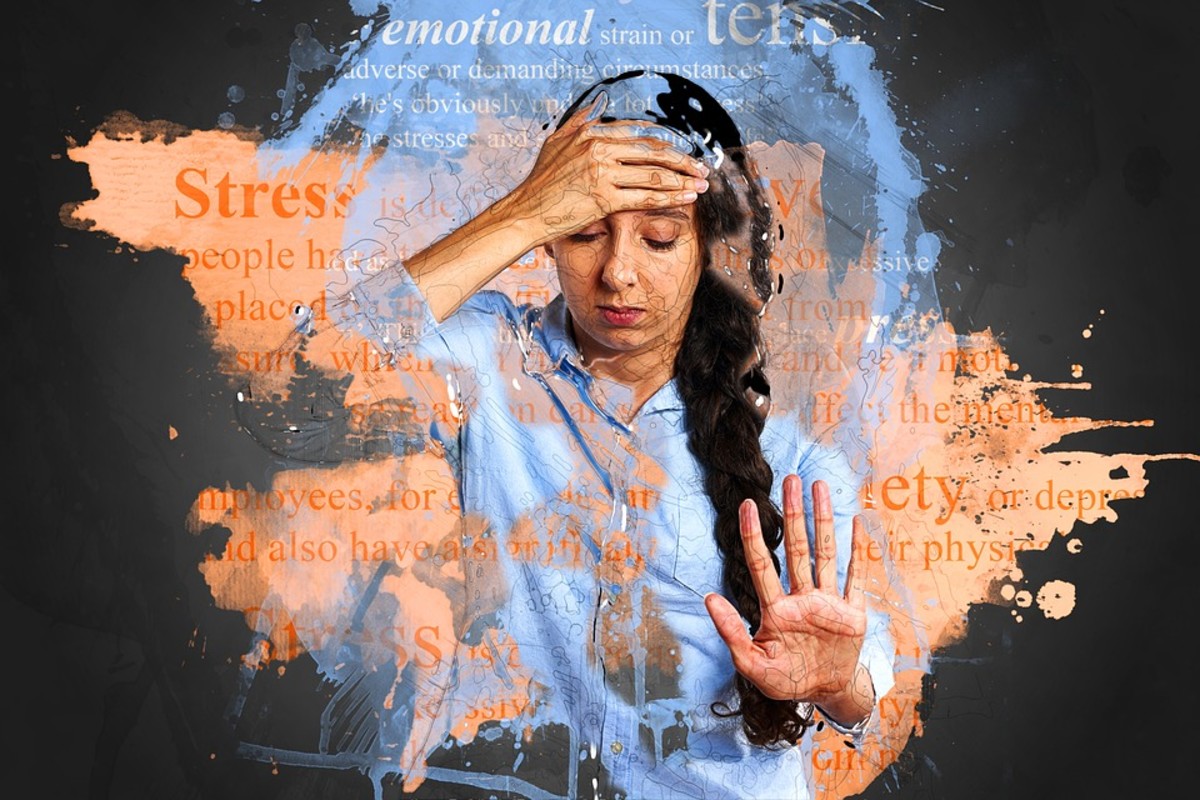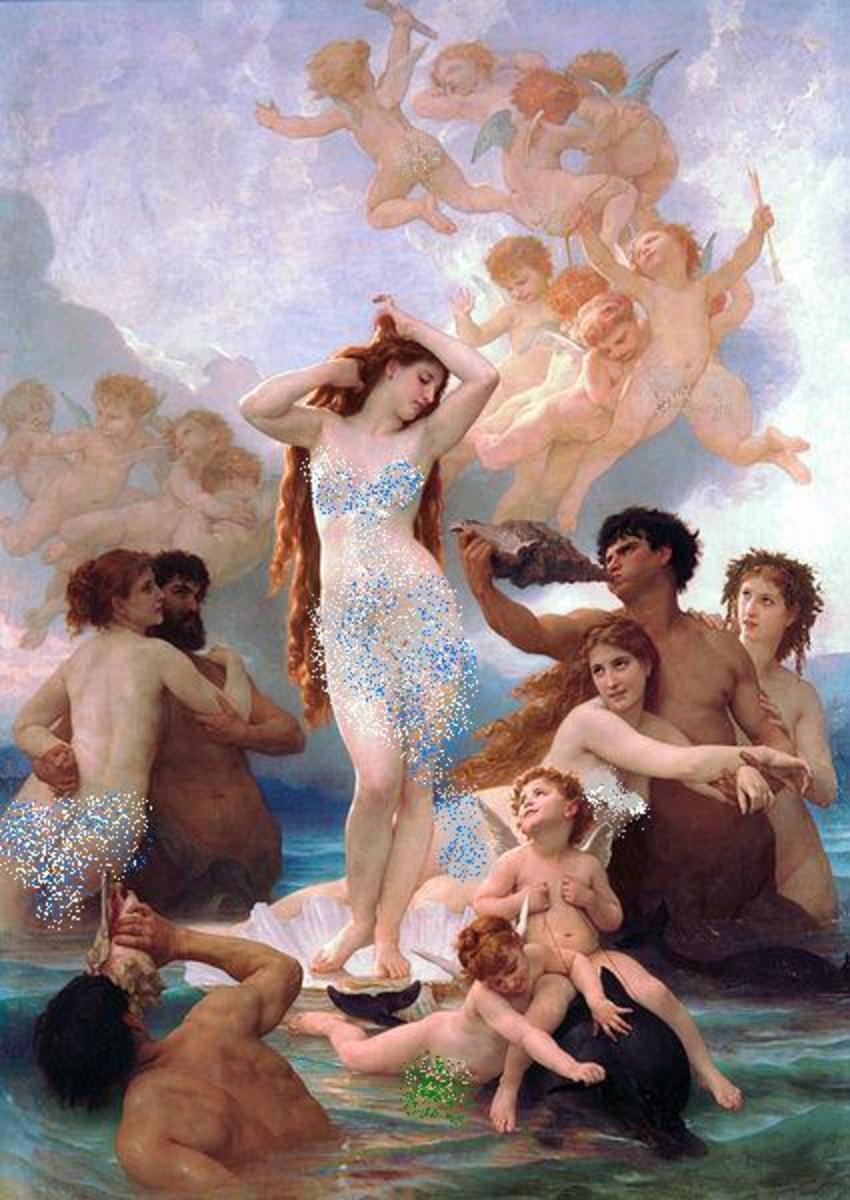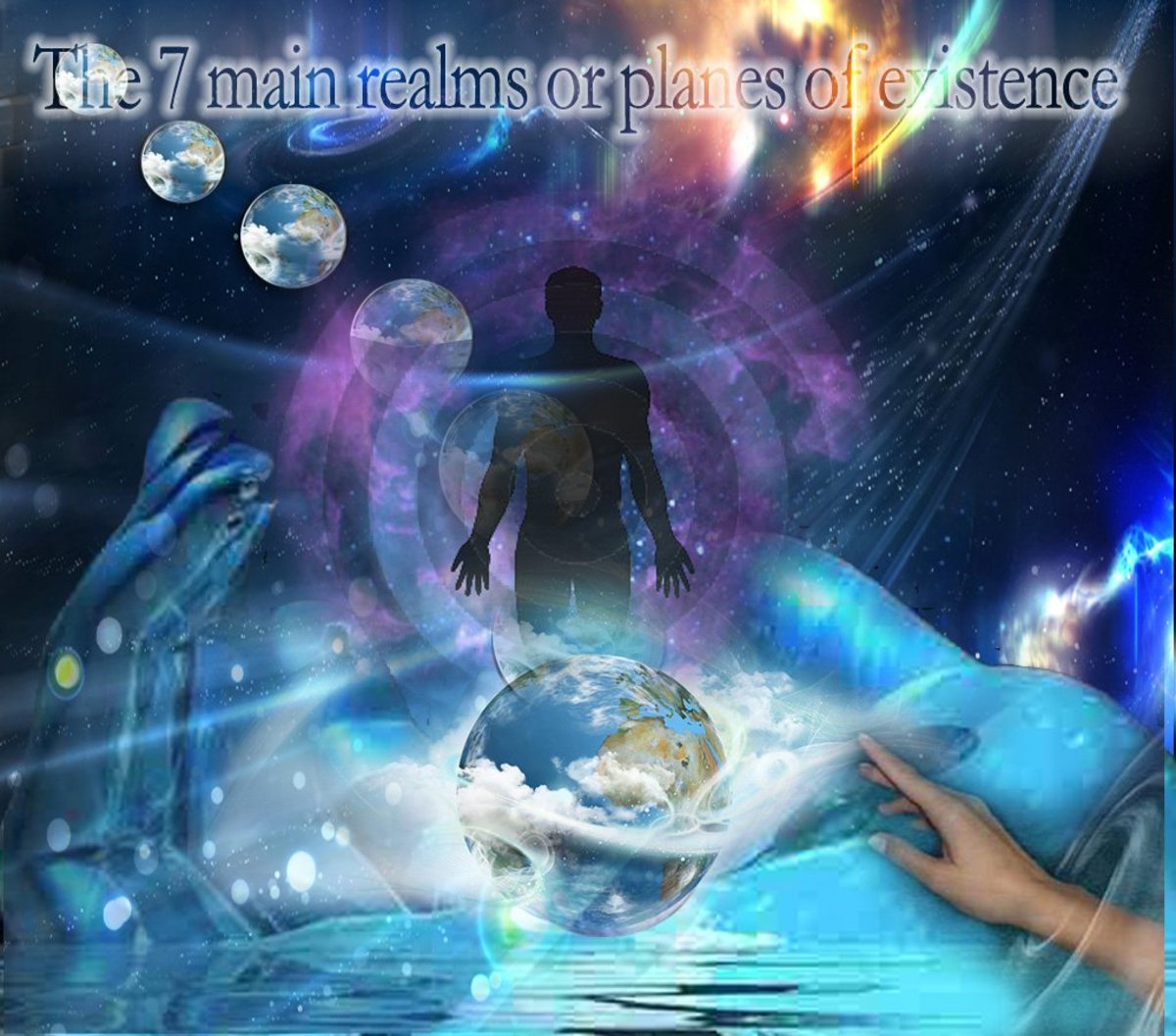Paths to Mindfulness

The Many Paths to Mindfulness
Mindfulness is being present and aware in-the-moment. It involves focusing your attention in a purposeful way to achieve calm, clarity and compassion (for yourself and others). Mindfulness has major health benefits and has been proven to increase leadership effectiveness and the functioning of our minds.
There are many paths to mindfulness and it is a lifetime pursuit. However, if you are not pursuing mindfulness, you are being conditioned to behave and react in a mindless way, virtually on auto-pilot.
Mindfulness leads to a richer and fuller life. This lens seeks to encourage you to pursue mindfulness in your own unique way and offers many paths to mindfulness as well as access to the experts in the area. The "Talk Bubbles" act as stepping-stones to mindfulness.

The Global Mindfulness Movement
The drivers behind the growth of mindfulness
Mindfulness has become a worldwide movement and is appearing in many fields of endeavor, e.g. physical health, education, corporate, mental health and sport.
Many organisations such as Google, Ebay, Tupperware, General Mills, Goldman Sachs and Mobil are actively encouraging the development of mindfulness in their leaders and staff. Google, especially, exposes their staff to key experts in the mindfulness movement because of the clear research evidence that mindfulness builds creativity and enhances the development and functioning of the brain.
Mindfulness now plays a key role in the performance of elite athletes. For example, leading mindfulness practitioner and researcher, Jon Kabat-Zinn, was engaged as meditation coach for the US team for the 2012 London Olympics.
Recent neuroscience research has added increasing weight to the evidence about the health benefits of mindfulness and these research outcomes have led to new forms of mental health interventions.
Richard Gere Interview on the Dialogue Between Buddhism and Science - Mind and Life XVII Conference
Richard Gere, a practicing Buddhist and frequent attendee at Mind and Life Conferences, was interviewed at the XVII Conference about what was happening. He spoke of the dialogue between scientists and Buddhists present at the Conference and suggested that they were moving to a new linguistics to explore common ground between Western Science and Buddhist Science.
When you hear the word mindfulness you have to hear the word heartfulness - Jon Kabat-Zinn
WHY MINDFULNESS?
Mindfulness reduces stress, builds physical and mental health and increases productivity. Key outcomes of mindfulness are calm, clarity, focus and compassion. The health benefits and positive impacts on brain development have been proven through neuroscience.

Mindfulness and Stress
Mindfulness as an antidote to stress
Zon Kabat-Zinn established the Mindfulness Based Stress Reduction (MBSR) Clinic more than 30 years ago and neuroscience research into his endeavors has shown that it is very effective in overcoming mental illness such as depression and eating disorders. The neuroscience findings demonstrate that MBSR actually changes the structure of the brain (an effect known as neuro-plasticity) so that the side of the brain responsible for emotional balance, creativity, problem solving and related functions is thickened, while that relating to emotional imbalance and reactivity is thinned. Also, telomeres that influence ageing are lengthened in contrast to the shortening that occurs in depression and inappropriate stress responses.
The ever-increasing pace and expectations of our daily lives have contributed to the growth of depression to the point where the World Health Organisation has identified depression as the fourth biggest and most damaging illness in the world (likely to increase to be the second biggest in 2020). Mindfulness helps to reduce tension and depression by building your capacity to be calm in a wide range of circumstances. It enables you to be grounded when you are buffeted by increasing demands, whether physical or psychological.
Mindfulness enables you to experience calm and strength in the midst of constant flows of challenges and demands for adaption.
We may need to call ourselves up once in a while - rather than live in the past or the future.
The Healing Power of Mindfulness - Jon Kabat-Zinn on mindfulness and health
A presentation by Jon Kabat-Zinn organised by the Tucker Foundation, Dartmouth College. Jon Kabat-Zinn is one of the most accessible writers, speakers, practitioners and researchers of mindfulness. He is highly articulate, erudite, humorous and inspiring. Here he talks about the outcomes of his Mindfulness Based Stress Reduction approach which he has been conducting for more than 30 years.
The video of his presentation has been broken up into 5 videos of about 27 minutes each to make his talk more accessible. I've given a summary of what is in each video below:
- 1/5 - .What is mindfulness and why it has influenced every facet of
- modern thinking. Our need to "call up ourselves" - getting in touch
- with ourselves and the present moment.
- 2/5 - Mindfulness is awareness, paying attention on purpose in the
- present, non-judgementaly. Mindfulness is the antidote to stress. We
- need to be more "being" than "doing".
- 3/5 - Mindful breathing exercise
- 4/5 - The power of the Mindfulness Based Stress Reduction - actually
- changes the structure of the brain in 8 weeks. Our brains see things
- that aren't there and don't see things that are there - we are
- seriously out of touch. Mindfulness is really about living - living
- your life as if it matters from moment to moment. The absence of
- mindfulness has led to cancer and inflammatory diseases. We need to
- tune body and mind to be in synch - we are our own mechanics. We need
- to develop a relationship with our body, mind and heart. Mindfulness is
- expanded heart.
- 5/5 - Q & A section (audience participation).
Mindfulness is about bringing your brain back online, to be in the present moment.
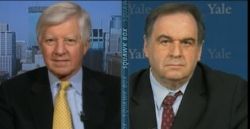
Mindful Leader and Productivity
Mindfulness builds sensitivity and engagement
Professor Blll George (Harvard Business School) and Jeffrey Sonnenfeld, Yale University School of Management, were interviewed on CNBC about the mindful leader and productivity. The video interview was wide-ranging and highlighted the benefits of developing mindfulness in leaders.
Both educational leaders stress the pervasiveness of mindfulness now in the corporate world and the necessity to take time out to reflect or meditate or engage in some other mindfulness technique. Without this, leaders are driven by the pace of events and lose their capacity to inspire and enthuse. Mindfulness built through practice is seen as a key means to increase a leader's productivity because it enables them to be centered, calm, focused and clear on their values and direction.
Mindfulness begins a journey towards living our lives as if they really matter.
PATHS TO MINDFULNESS
There are many paths to mindfulness - each person can create their own. Some people are highly visual, others are auditory or kinesthetic (learning through movement and the body). What appeals to one person may not appeal to another. The secret is to start with a mindfulness technique and expand from there. Over time you may develop multiple techniques and some will be prominent in different periods of your life. Each person has their own pathway to mindfulness built through life experience.
Choose a Pathway to Mindfulness
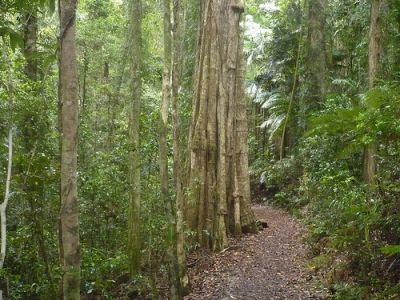
Mindfulness Techniques
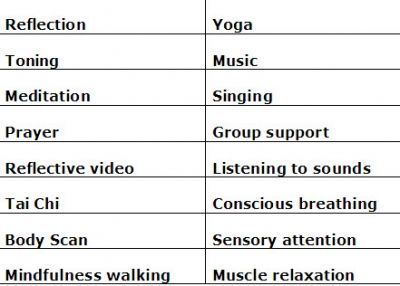
Mindfulness through Nature
Nature is something we often take for granted but it surrounds us everyday of our lives. In the busyness of our lives we miss so much of what is beautiful, awe-inspiring and enriching. Nature reminds us of our connectedness with everything else. It is our heritage, our history, our place.
Louie Schwartzberg on Nature, Gratitude and Happiness
Louie Schwartzberg was a trail-blazer in the area of time-lapse photography. He has won many awards for his photography and films. Here he exposes us to the beauty of nature and the people we meet in everyday life. He encourages us to stop, look, listen and smile - the road to mental health and happiness through nature. Louie Schwartberg is totally convinced that you can build mindfulness through nature - through gratitude and appreciation of what is around us and by treating each day as unique. Nature, in his view, reminds us that everything is connected to everything else and no living thing exists without connection to other living things. Nature reminds us of our interconnectedness.
Louie Schwartzberg produces videos showcasing his time-lapse photography and offering a quiet retreat from daily stress - he enables us to reconnect with ourselves, with each other and nature:
One of his greatest achievements is the creation of the video, Wings of Life, which has been developed through Disneynature. This remarkable time-lapse movie shows the role of bees, hummingbirds, butterflies and bats in pollinating one third of the world's food supply. This is his gift to us and coming generations:
Viewer Beware: The following video may change your life - as it has done for millions of people who have viewed it.
Moving Art App - Nature and Meditation on your mobile device or TV
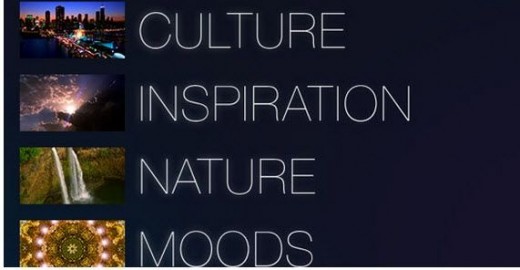
Louie Schwartzberg has now released a free app for iOS, Android and Panasonic Smart TVs. The Moving Art App enables you to download and view at your leisure short videos developed by Louie who has made his name through time-lapse photography.
The videos cover the themes:
Culture
Inspiration
Nature
Moods
So in the business of your life you can take time out to use these videos on your mobile device to be in the moment, reduce stress and develop mindfulness.
I have installed the free Moving Art App on my iPad and the videos are stunning - they take you to another place.
Walk in a Tropical Rainforest - Absorbing nature's beauty and sounds
Rainforests evoke a sense of wonder and meditation and an experience of timelessness. They are full of sounds, beauty, history and intrigue. They immerse our senses - touch, sight, smell, taste and sight. Rainforests can build your mindfulness if you can still your mind and attend to what you experience through your senses. A rainforest walk can be a meditative and calming experience.
Attending to Our Senses
One way into mindfulness is paying attention to our individual senses - touching, tasting, seeing, hearing and smelling. We often suffer from what psychologists describe as "inattention blindness" - we don't see what is there because we are paying attention to something else. We often only hear what we want to hear.
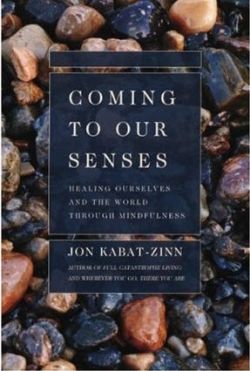
Coming To Our Senses - Book by Jon Kabat-Zinn
Building mindfulness through sensory attention
Jon Kabat-Zinn wrote a book called, Coming To Our Senses. He stated that he meant this term both literally and metaphorically.
Literally, he means developing awareness through each of our individual senses. Metaphorically, Jon Kabat-Zinn is alluding to the need to "occupy our life" and to live our life consciously rather than as robots. Similarly, we often speak about someone needing to "wake up to themselves", to "come to their senses" or to "get with it".
In his book he talks literally about the senses and describes the "arenas" in which they operate as our seeing, soundscape, tastescape, smellscape, touchscape and mindscape (our non-conceptual mind).
He provides specific exercises and examples to help you get in touch with your senses and to develop mindfulness through sensory attention, even through the simple act of eating an almond.
Coming To Our Senses - Jon Kabat-Zinn on YouTube - Extract from seminar on mindfulness through our senses
An invitation to wake up to the fullness of our lives while we actually have them to live.
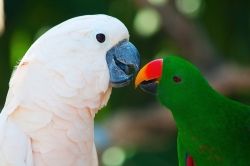
Listening to the Sounds of Birds
Mindful Walking - Tuning In to bird sounds
I often found that when I went for my morning walk, I would create my to-do list, plan my day or write an article in my head. After listening to Jon Kabat-Zinn on video and reading his book, Coming to Our Senses, I decided to pay attention to my hearing, specifically to the sounds of birds while on my morning walk.
As I started to turn my attention to the sounds of birds I could hear the birds in front and behind me, above and below, and on either side of me. So I began to hear a chorus of birds, like a concert, as the birds fed off each other's sounds.
On one occasion when I was walking, I was suddenly aware that I could no longer hear the bird sounds. Then I realized that my mind had wandered to the planning of a seminar - I was lost in thought. As I brought my attention back to the sounds of birds, I became aware again of the multiplicity of sounds. I then understood a bit better how mindfulness could be described as "purposeful attention" - and what it meant, literally, to come to our senses.
She paid no attention to her food as she eat - her meal was consumed, not tasted.

Tastescape - Attending to Taste
Eating mindfully
In his book, Coming To Our Senses, Jon Kabat-Zinn, describes how to eat an almond mindfully.
Not long after reading this description I had bought a mixture of nuts and fruits for a plane flight interstate. My normal approach is to take a handful of the mixture and throw it down my throat and munch on it unconsciously.
On this occasion, I thought I would take to heart what Kabat-Zinn suggested re our tastescape - eating mindfully. So I took each piece of nut and fruit one at a time and felt it with my tongue and tasted it before chewing and swallowing.
I felt the corrugations on side the almond and the crunchiness of chewing into its tough exterior and then tasted the slow release of almond flavor as the texture of the almond became fibrous.
I slowly rolled a pistachio nut on my tongue and felt the soft exterior and undulations of the grooves on the side of the nut. When chewing the nut I noticed the difference between its soft texture and the coarseness of the almond nut. I noticed too that while the flavor was slower to emerge it lasted longer in my mouth.
Next I tried a single dried cranberry. My tongue felt the wrinkled skin and curled-up feeling of the cranberry. However, when I chewed it, I experienced a sudden burst of sweet flavor, a taste that was stronger and more lasting than either that of the almond or the pistachio nut.
This story is not intended to make you feel hungry, but to illustrate mindful eating and exploring our tastescape. Jon Kabat-Zinn suggests that our life experience would be so much richer if we eat our food mindfully rather than gulping it down mindlessly while we do other things. We can build our awareness and mindfulness through the process of mindful eating.
Focus on creating a rich and meaningful life and experience lasting vitality and fulfillment.
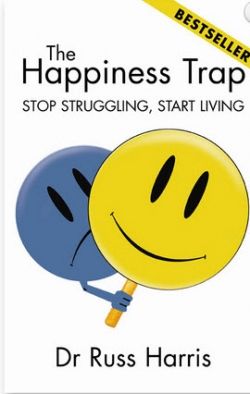
Mindfulness Through "The Observing Self"
Awareness of our words, action, feelings and reactions
"The Observing Self" is defined as "the part of your mind that is able to be aware of whatever you are thinking or feeling or doing at any moment". This approach is a central process of Acceptance & Commitment Therapy (ACT) which brings together mindfulness and Cognitive Behavioral Therapy.
Basically, it involves stopping "the thinking self" - that part of our brain that is responsible for our thoughts, memories, doubts, fantasies, beliefs, judgments and evaluations; and focusing on what we say and do and feel. It develops self-awareness and mindfulness, including awareness of others and nature. "The Observing Self" is also free from judgement - it observes purely what is, what is actually happening.
One of the more accessible things that we can do is watch what we say. For example, we often comment, "what terrible weather" or "we had bad weather yesterday" - we ascribe goodness or badness to weather, when in fact the attribution is more a projection of how we feel. Weather is neither good nor bad - it is just different, each day differing from every other day with respect to cloud formations, color of the sky, the temperature, wind, humidity, etc. Being mindful of the weather is noticing and appreciating what is different about each day. Our "observing self" can notice our attributions and help us to change our perspective to appreciation.
Jon Kabat-Zinn suggests that we are forever "racing through the present" to get to another idealized place and time. You can pick this up when you observe your own words, "I can't wait till it's Friday", "I love this job because the day goes so quickly", "I can't wait till the holidays", etc. When we are wanting to be somewhere else, we are not in-the-moment or appreciating the present.
The "observing self" is particularly helpful in picking up our emotions and reactions and seeing where they come from and what catalyzes them. More often than not we see that the ego is involved - something to do with "me", "my" or "mine"; for example, "he frustrated me", "she has taken up my time" or "that idea was mine not his!"
The ACT approach increases our capacity to develop the "observing self" and mindfulness and Russ Harris has translated this approach into the very accessible and readable book, The Happiness Trap
Mindfulness Through Sound
We tap into sound not only through our hearing but also through our sense of touch and inner awareness of vibrations. Sound is energy and has incredible capacity to heal and to develop mindfulness. Whether we approach sound through our own voice or through listening to music created by others, we are opening ourselves up to mindfulness and its many benefits.

Mindfulness Through Voice
Singing your way to mindfulness
Chris James, a former Buddhist monk, believes that we can develop mindfulness through singing, by getting in touch with our voice which he describes as a perfect natural instrument. He travels the world and teaches people how to find their own naturally beautiful voice.
Chris encourages people to learn to breathe and relax into their natural voice and recognize their own bodies as a resonator, vibrating with each sound they produce, whether spoken or sung. He argues that when you are in touch with your natural voice, you come to learn your true self and to trust your intuition and release your creativity.
In Chris' own words:
You are actually born with a beautiful voice.
I have seen evidence of this over more than a decade of participating in his workshops, including a memorable, two week residential. These experiences inspired me to join a local Capella Community Choir, Morningsong
You probably believe that you can't sing or are "tone-deaf" but this is just your "lizard brain" talking. In reality, we all have a beautiful voice but we need to let it grow and develop - just as we need to free up our mind to let mindfulness grow. Mindfulness through voice is a very pleasant and rewarding pathway.
When we let go of what we're not, be still and start to feel, our naturally beautiful voice emerges.
Finding Your Voice - The Big Sing - Chris James conducting his Big Sing at Byron Bay, Queensland
Chris James has the incredible knack of encouraging people to let go of their inhibitions and to find their voice and themselves. In this Big Sing, the participants start off making sounds and singing in a very tentative manner. By the time the workshop is finished, Chris has them singing as a full-voice choir, creating a really nice sound.
I have been in a workshop at the Gold Coast with Chris James where 25 people participated and, by the end of two days, the group was singing Pachelbel's Canon in five parts - a truly beautiful sound.
Mindfulness Through Action Learning
Action learning involves learning through taking action and reflecting on that action and its outcomes, both intended and unintended. A key element of action learning is the action learning group - a source of "supportive challenge". Action learning has been used worldwide in all sectors to develop emotional intelligence and mindfulness in leaders.
When you have to do something significant about something imperative you come up against who you are
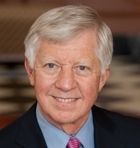
Building Mindfulness Through Action Learning
Developing leadership effectiveness through mindfulness support groups
Professor Bill George of the Harvard Business School (HBS) has been researching the link between mindfulness and leadership effectiveness. In pursuit of this goal he conducted a Mindful Leadership Conference with Buddhist Meditation Master, Yongey Mingyur Rinpoche, which was enthusiastically attended by 400 people.
Bill George is Head of a HBS Leadership program that incorporates mindfulness and employs support groups to help participants develop their own pathways to mindfulness. These support groups build self-awareness for participants because they incorporate supportive challenge - challenge to assumptions, mindsets and perceptions. These groups operate in a manner similar to action learning groups.
Bill George argues that mindful leaders have strong self-awareness and awareness of others and their needs, and, consequently, are good listeners, build rapport readily and develop engagement of their "followers". In contrast, leaders who lack mindfulness also lack emotional intelligence, self-awareness and compassion (for themselves and others). They are more likely to "fly off the handle" if things don't go their way and lack the willingness to admit their mistakes. They tend to be seduced by the perceived rewards of power, status and money and are likely to be single-minded in their pursuit of career advancement at the expense of everyone else. Hence, mindfulness is necessary for a leader to develop a productive culture where people in the organisation are respected, engaged and energized.
Mindful Leaders are compassionate and not self-serving - they are often committed to a higher purpose as illustrated by the Leaders of Tribes.
Doing Nothing
Jon Kabat-Zinn suggests that the greatest challenge for participants in his Mindfulness Based Stress Reduction (MBSR) Clinic is finding themselves, getting re-acquainted with who they are. He achieves this by having them do nothing - doing nothing while lying down, standing up and walking.
All It Takes is Ten Minutes a Day - Doing Nothing - By Andy Puddicombe
Any Puddicombe suggests that we need to spend 10 minutes a day doing nothing in order to nurture our mind, develop creativity and build mindfulness. He makes the salient point that we spend more time looking after our clothes or car or hair, than we do looking after our minds. His humorous and challenging presentation uses the visual imagery of "balancing all the balls in our life". This 10 minute video is well worth watching - it may help you change your priorities.
We can't change every thing that happens to us in life - but we can change the way we experience it.
Meditation - A Path to Mindfulness
There are numerous forms of meditation and meditation traditions. Neuroscience research shows that meditation actually changes the brain's structure and strengthens the areas of the brain associated with learning and memory processes, emotion regulation, happiness and perspective development.
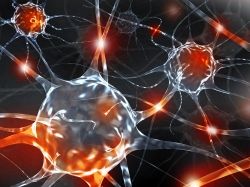
Benefits of Meditation
You can change the structure of your mind
Research into the benefits of meditation have highlighted the fact that you can actually change the structure of your brain in positive directions through meditation. Studies into the neurobiology of the brain have demonstrated that when you meditate you are engaged in reshaping your brain.
Research into the brain activity of monks shows that meditation practice can change brain activity and cultivate emotions such as compassion for others and calmness.
Having been a contemplative monk for 5 years in the Carmelites, a cloistered congregation in my day, I can attest to the sense of calm that such a life generates. Our daily practice included meditation, singing of Gregorian Chant (in Latin) and silence for most of the day.
Meditation builds the capacity for reflection, a heightened sense of priorities and a peacefulness that is difficult to disturb.
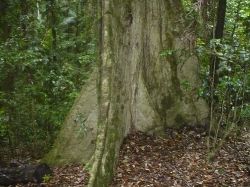
Mindfulness through Tree Meditations
Developing awareness of trees and their energy
There are many things present in nature that can help us to develop mindfulness. Trees, for example, can be a great catalyst for meditation.
Trees embody the enigmas of our daily lives, the contrasts and dilemmas. They have their own energy fields that can be tested by chanting in the proximity of a tree. As you sing a sound such as "oom" near a tree and move towards it, you will notice that the sound changes as you hit the outer and inner auras (energy fields) of the tree.
Trees also have their own innate beauty and embody nature's life story through their various elements - leaves, bark, trunk, roots. They carry the scars of wind and storms and may have signs of damage from natural events such as lightening strikes.
Tree meditations can be a source of mindfulness and can inspire poetry and insight. Like so many things in life, they are one path to mindfulness that exists before your very eyes. All that it requires is purposeful attention to their presence, energy, beauty and innate message.
Breathscape Guided Meditation - Jon Kabat-Zinn - Conscious breathing meditation
When you breathe mindfully you come home to your body and you are fully alive in the here and now.
Nature's Revelation - Mindfulness - Be still, watch and listen
I woke early on the morning of Christmas Eve and sat on the balcony of our holiday unit overlooking the sea at Mooloolaba Beach on the Sunshine Coast. As I watched the changing sky, I was reminded of the time-lapse photography by Louie Schwartzberg. So I started photographing the changing scene with my iPad every 15 minutes and then converted the resultant photos to a movie via iMovie. If you listen carefully, you will hear the sounds of the waves rolling in along with the birds waking up. This video serves me now as a source of reflection on the beauty of nature. You can create your own reflection on nature through your photography and the free iMovie program (if you have access to an iPad or Apple computer).
Further Resources on Mindfulness
This Squidoo lens only scratches the surface of what is available to help you develop mindfulness and the associated calmness, clarity, focus and compassion. Hopefully, it inspires you to search further and the following resources are again a small cross-section of what is available.
Mindfulness Guidance - Paths to Mindfulness - DVD's
Jon Kabat-Zinn on Mindfulness - Jon Kabat-Zinn on YouTube
Mindfulness Books by Jon Kabat-Zinn

More Books on Mindfulness
Share your approach to mindfulnes - it may help someone else to practice mindfulness, support someone who is suffering depression or inspire someone to become a Leader of a Tribe and realize their real potential. What is your favorite mindfulness practice? How has mindfulness helped you?













